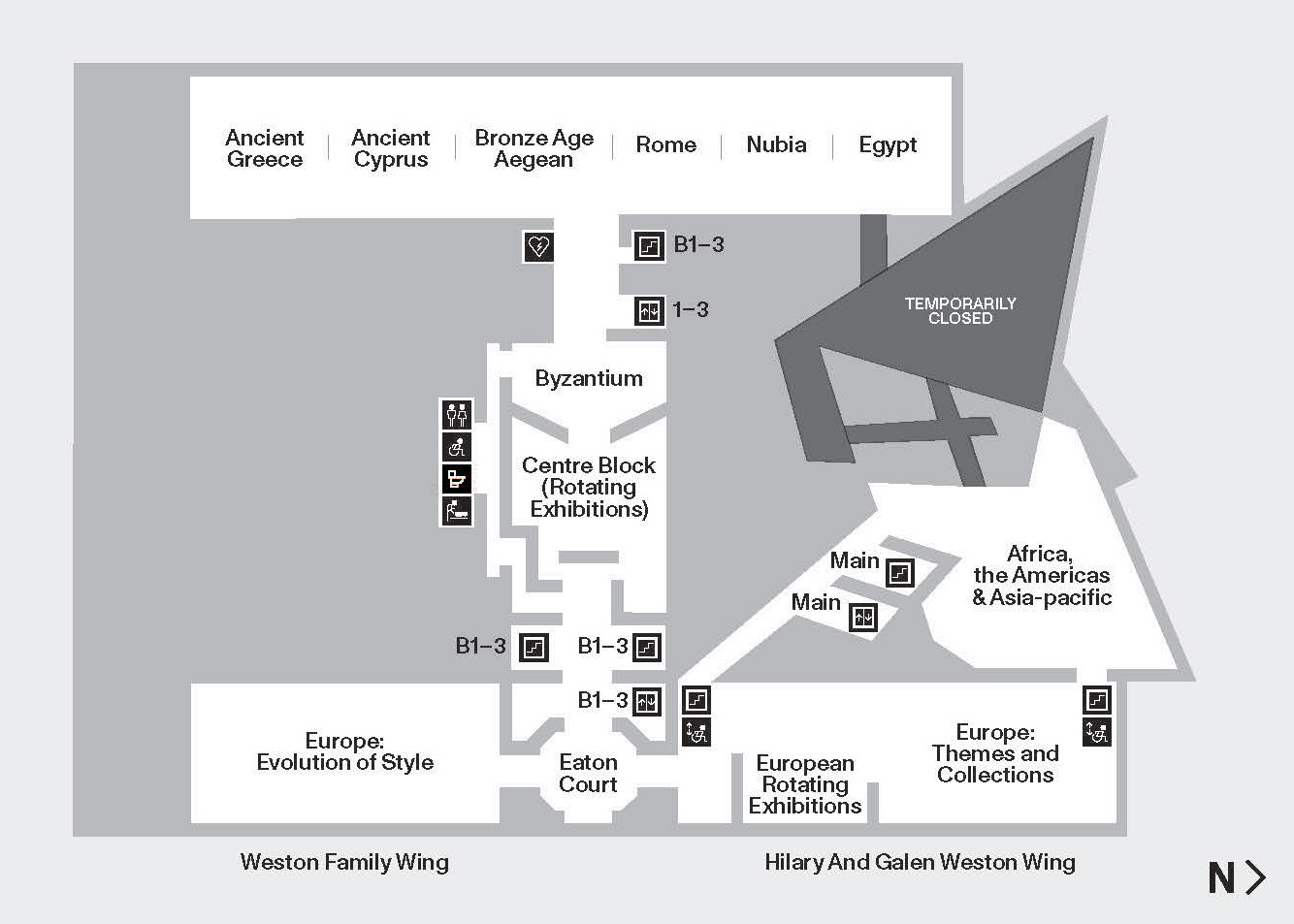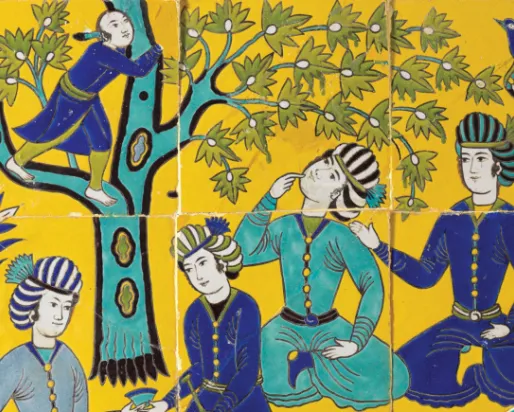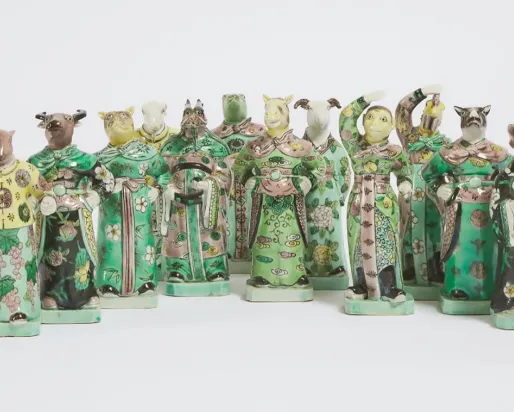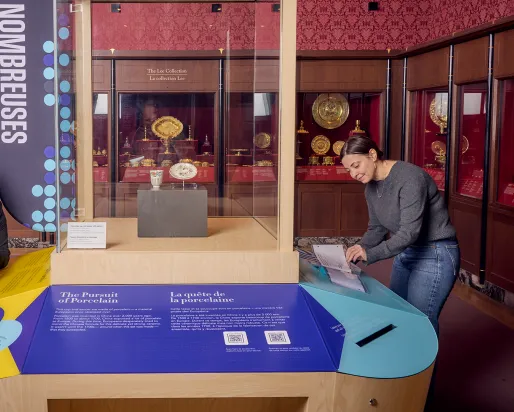Genizot
Repositories of Memory
Date
Location
About
Genizot is presented in conjunction with Holocaust Education Week and created by Toronto-based author and artist Bernice Eisenstein
The word geniza comes from the Hebrew root g-n-z, originally meant “to hide” or “to put away.” A space for repository, what is placed there is also an archive—one of memory and of time that has passed. Traditionally, genizot were temporary spaces for storing worn-out Hebrew language books and papers of religious content and topics as it is forbidden to discard writings containing the name of G-d. Genizot were commonly found in the attics of synagogues, but also located within walls or underground. The contents were periodically gathered and then buried in a cemetery, so that their gradual disintegration was a natural progression.
This site-specific installation takes the idea of the geniza and looks through it as a prism for considering and exploring the many ways in which memory works and where it is placed.
Eisenstein’s paintings, as well as the objects found or created by the artist, resonate with multiple meanings as they challenge us to consider our own repositories of memory. The objects relate to the theme of memory, what is hidden and found, kept and stored.
Gallery 1
Explore More
Fairchild TV, January 29, 2015
Genizot: This tiny ROM show packs the punch of an exhibition 10 times its size
The Globe and Mail, January 25, 2015
ROM HOLOCAUST EDUCATION WEEK EXHIBITS EXPLORE COLLABORATION
The Canadian Jewish News, October 29, 2014
Now Magazine, November 12, 2014
Bernice Eisenstein Plumbs Memory in 'Genizot'
artdaily.org, November, 2014







